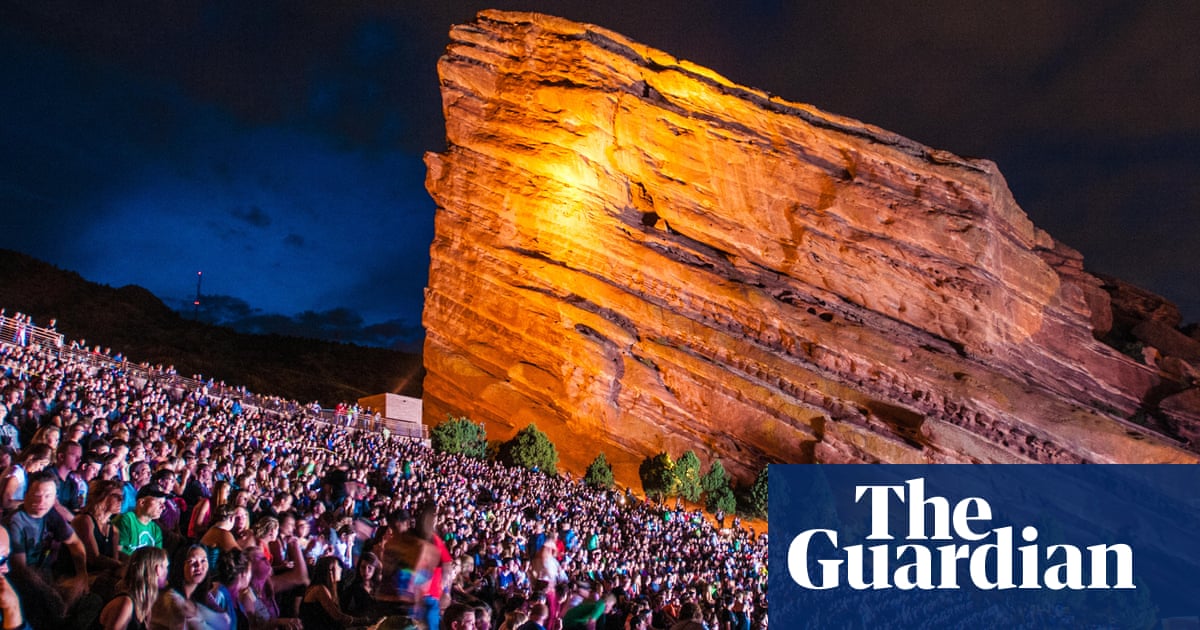Spring fell well below expectations for Utah skiing. Jim Steenburgh reported this as SLC's warmest May on record.
I estimate a measly 5 inches of May snow at the Snowbird SNOTEL near mid-Gad vs. 65 inches in May 2011 and 46 inches in May 2019, the last times Snowbird was open for July 4. Snowbird closed for tram maintenance after Memorial Day, promising to open weekends starting June 17-18. Reports from last weekend indicate no skiing in Mineral Basin or on Regulator. Only a constrained sector of Little Cloud was skiable. So last weekend was the end for Snowbird.
For how long a snowpack lasts into summer, its water content is more important than the snowfall total. Alta's 903 inch snowfall had 70 inches SWE. Mammoth's 715 inch snowfall had 87 inches SWE.
From this and past late seasons I've suspected that once you get into true summer mode, Utah and Colorado mountains are warmer than the Sierra. So I looked up the past month's temperatures at the Snowbird SNOTEL vs. Virginia Lakes 9,400 feet, which is off Hwy 395 an hour north of Mammoth. Daytime highs averaged 2.2F warmer and nighttime lows 6.5F warmer at Snowbird than at Virginia Lakes. During that month Virginia Lakes' snowpack melted from 37 inches SWE down to 14 inches while Snowbird's melted from 47 inches SWE down to 2 inches.
I estimate a measly 5 inches of May snow at the Snowbird SNOTEL near mid-Gad vs. 65 inches in May 2011 and 46 inches in May 2019, the last times Snowbird was open for July 4. Snowbird closed for tram maintenance after Memorial Day, promising to open weekends starting June 17-18. Reports from last weekend indicate no skiing in Mineral Basin or on Regulator. Only a constrained sector of Little Cloud was skiable. So last weekend was the end for Snowbird.
For how long a snowpack lasts into summer, its water content is more important than the snowfall total. Alta's 903 inch snowfall had 70 inches SWE. Mammoth's 715 inch snowfall had 87 inches SWE.
From this and past late seasons I've suspected that once you get into true summer mode, Utah and Colorado mountains are warmer than the Sierra. So I looked up the past month's temperatures at the Snowbird SNOTEL vs. Virginia Lakes 9,400 feet, which is off Hwy 395 an hour north of Mammoth. Daytime highs averaged 2.2F warmer and nighttime lows 6.5F warmer at Snowbird than at Virginia Lakes. During that month Virginia Lakes' snowpack melted from 37 inches SWE down to 14 inches while Snowbird's melted from 47 inches SWE down to 2 inches.
Last edited:
